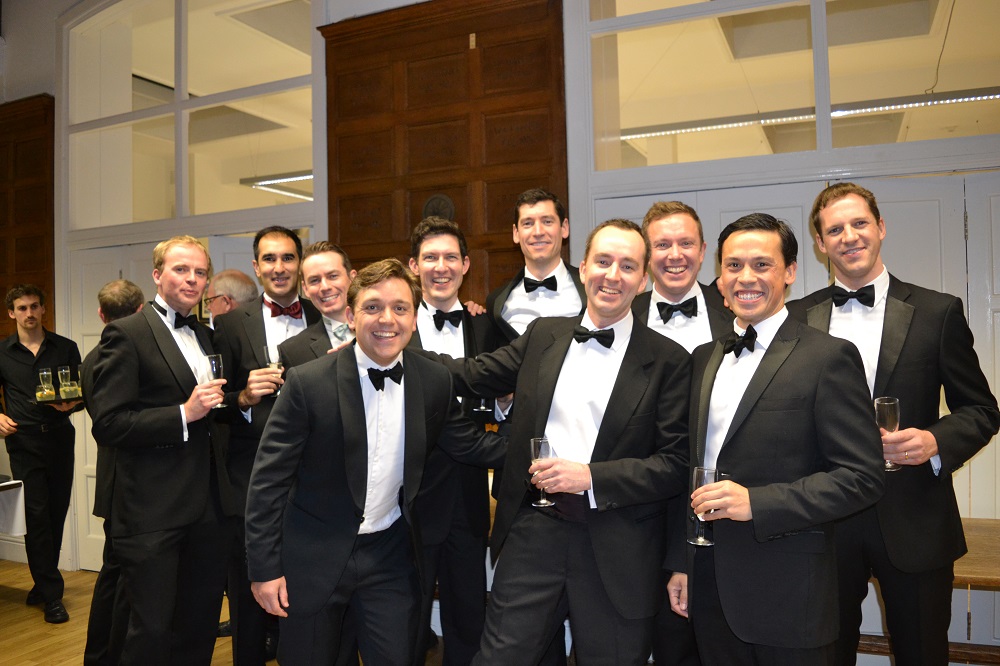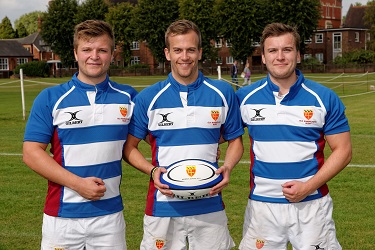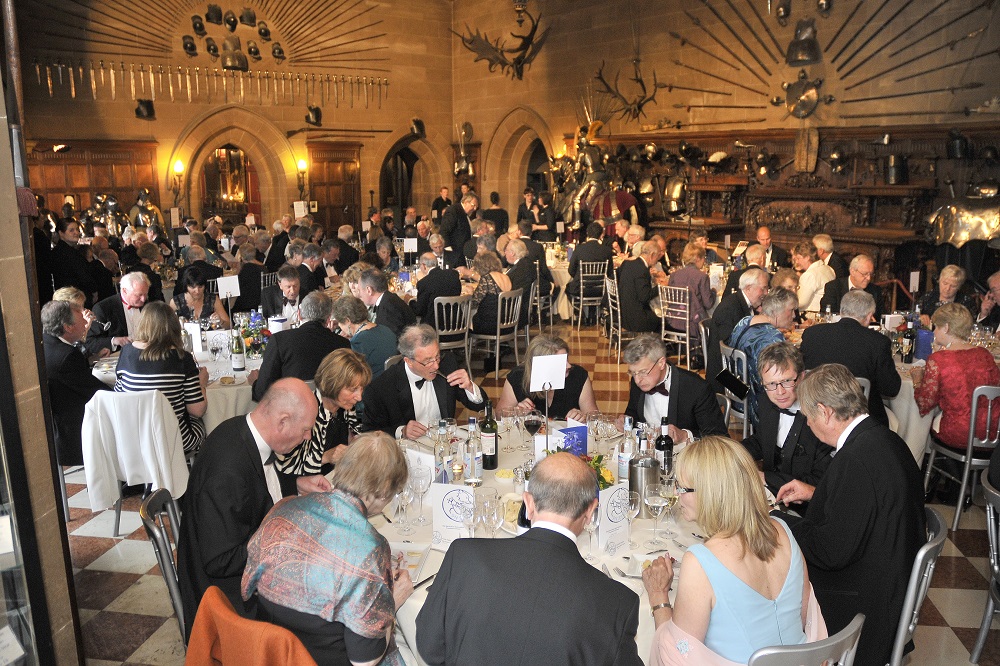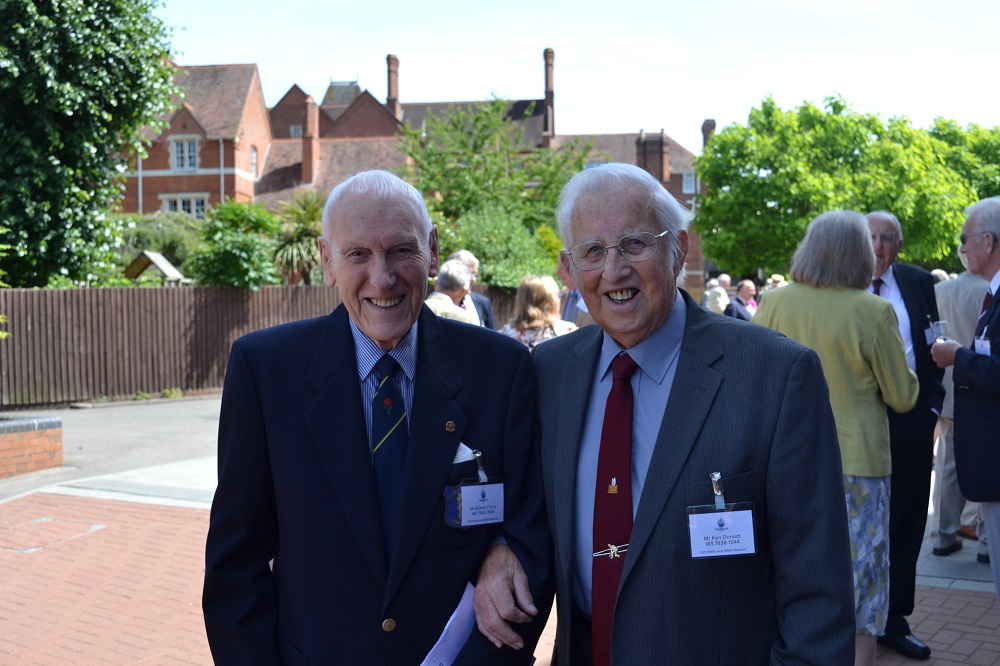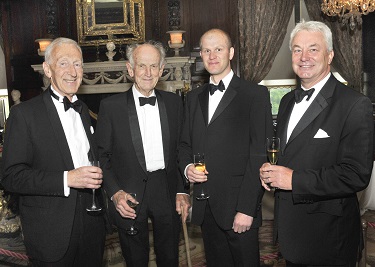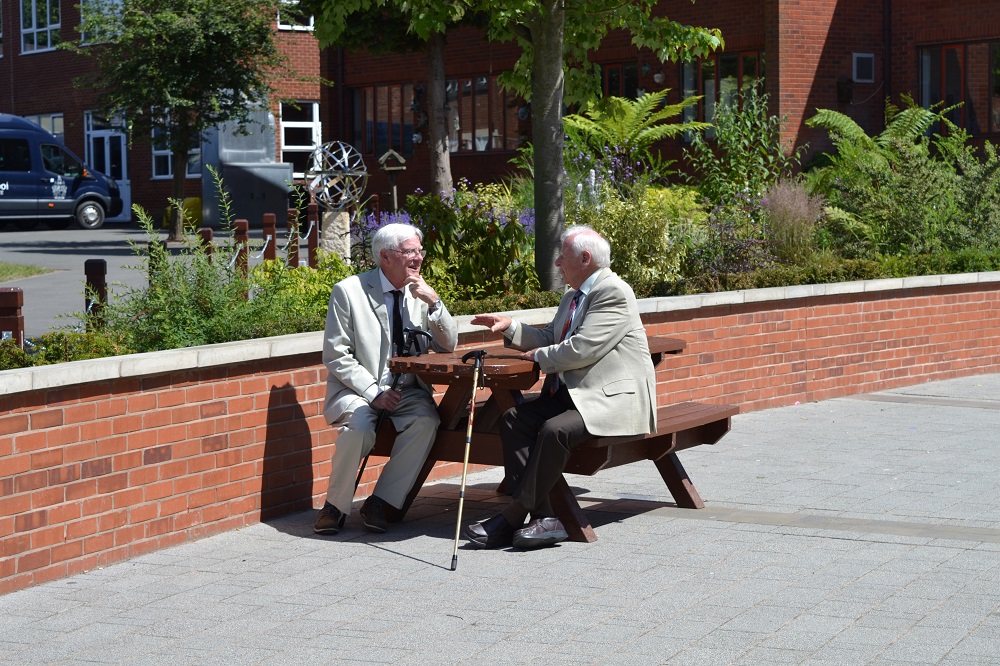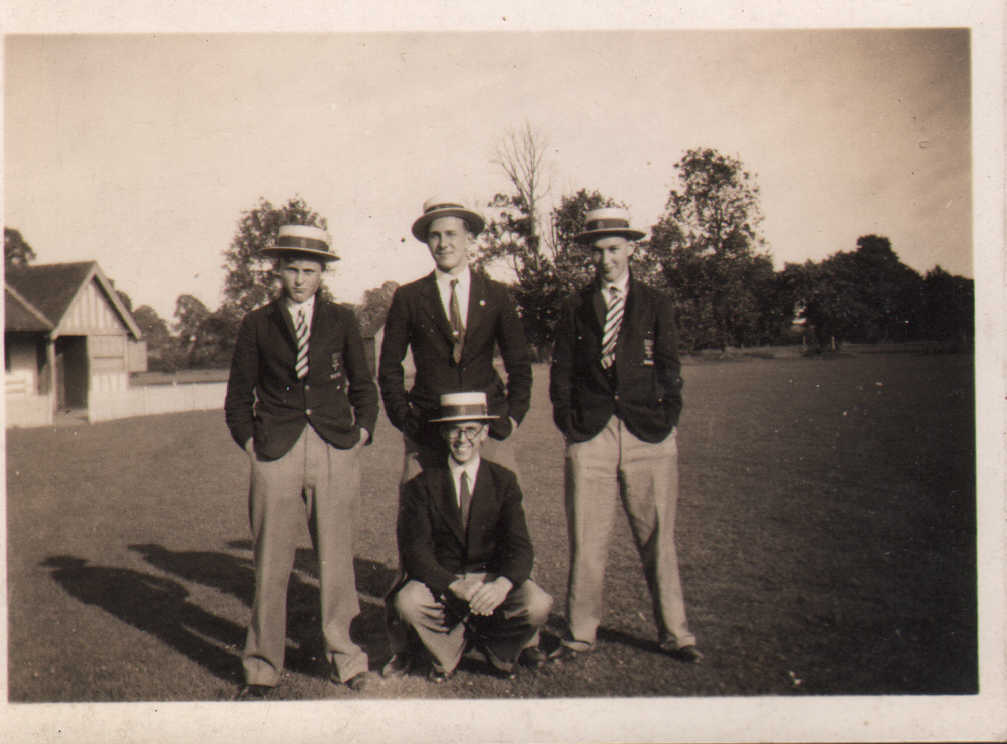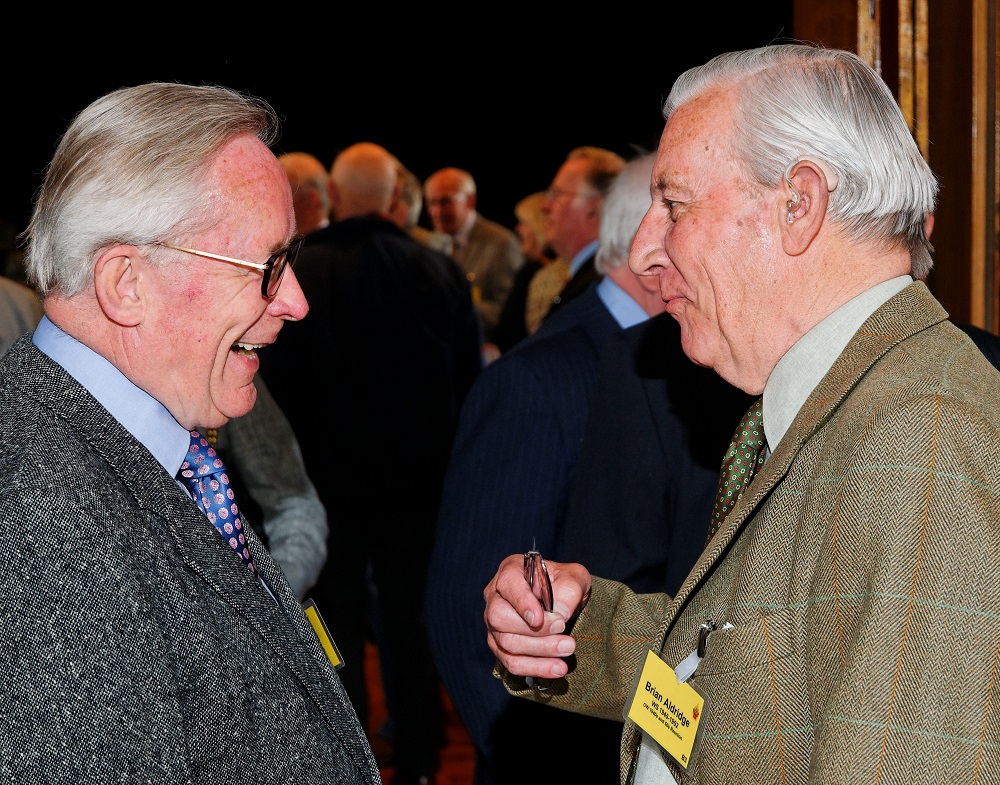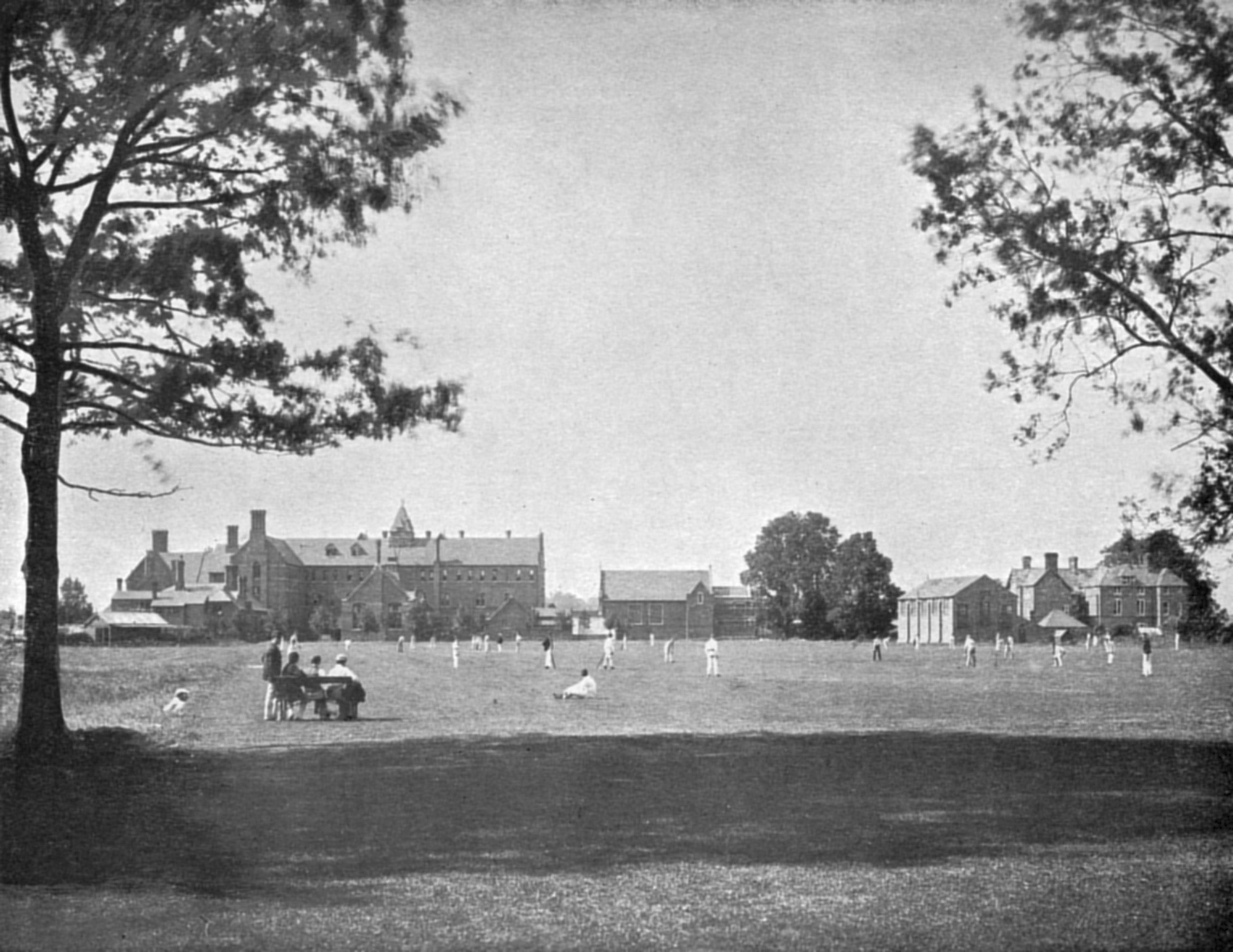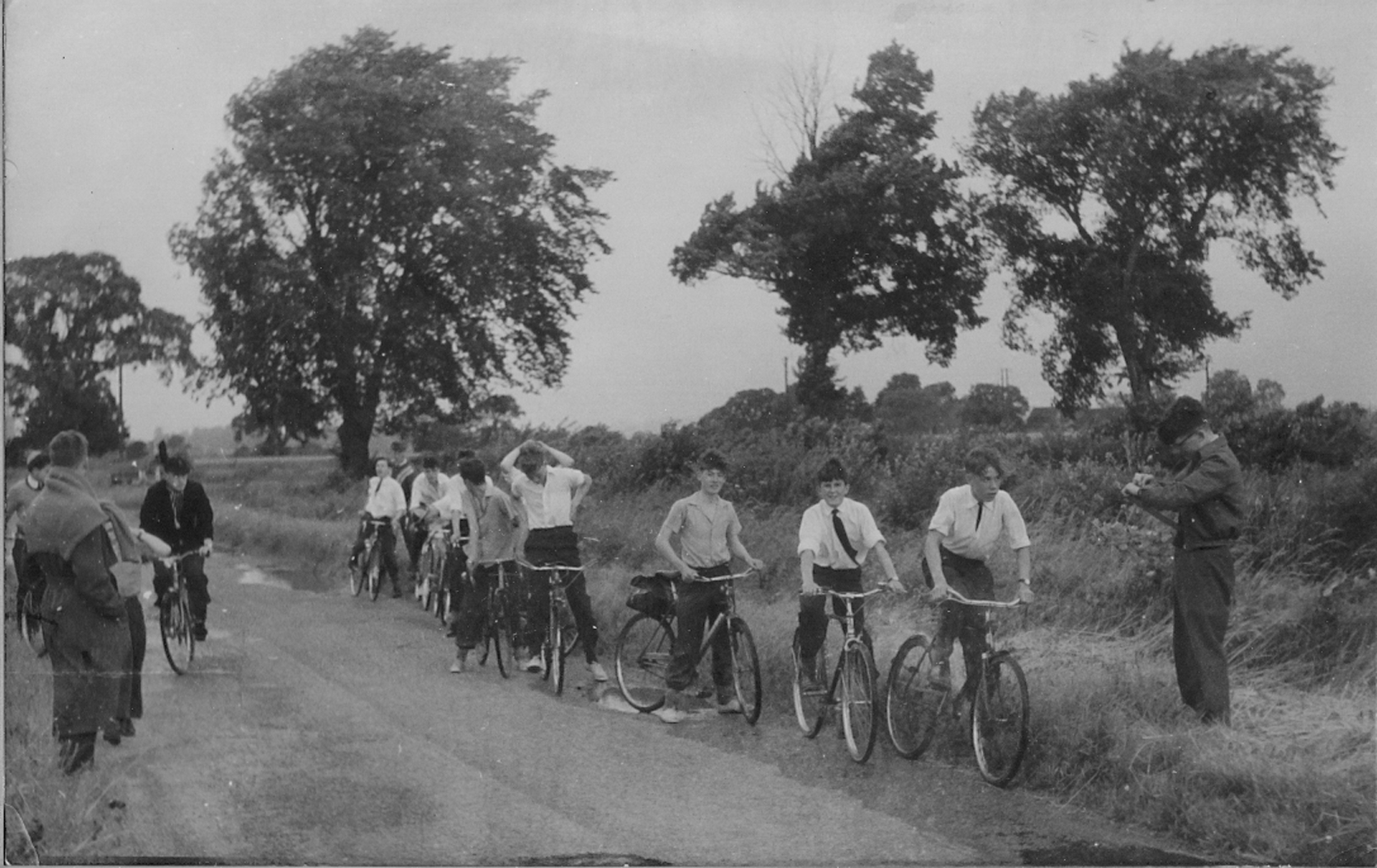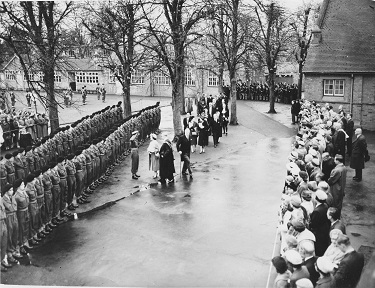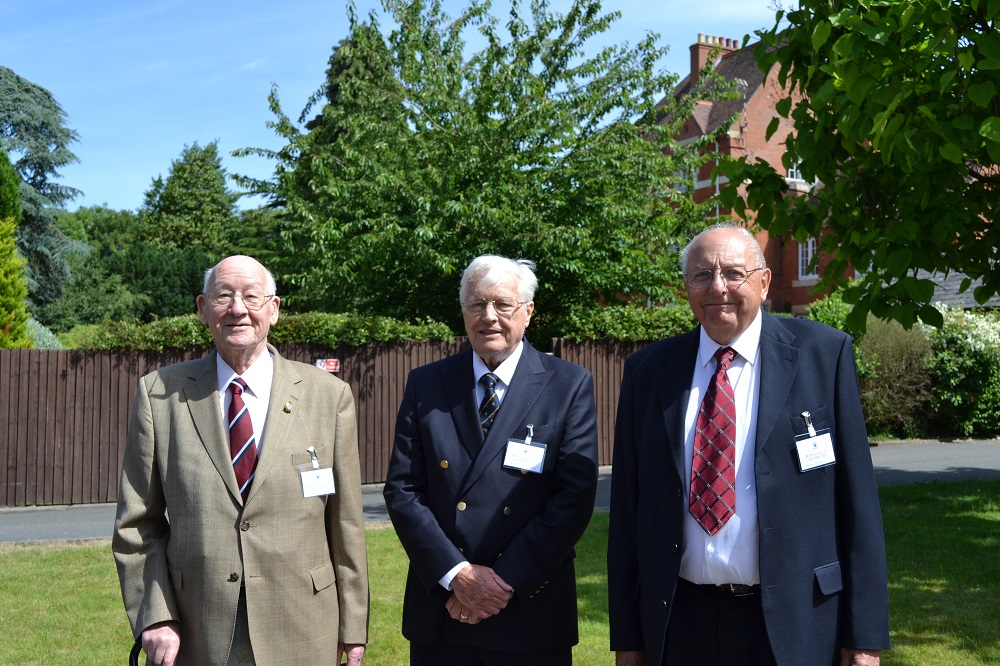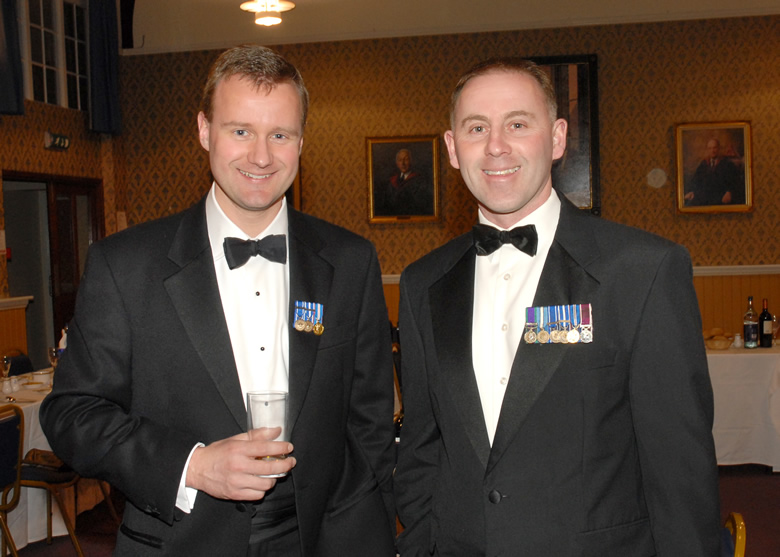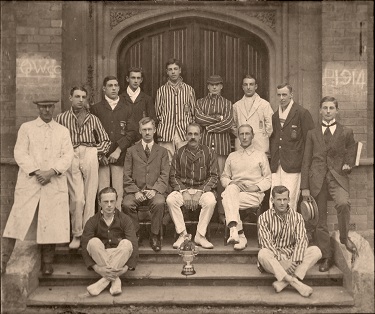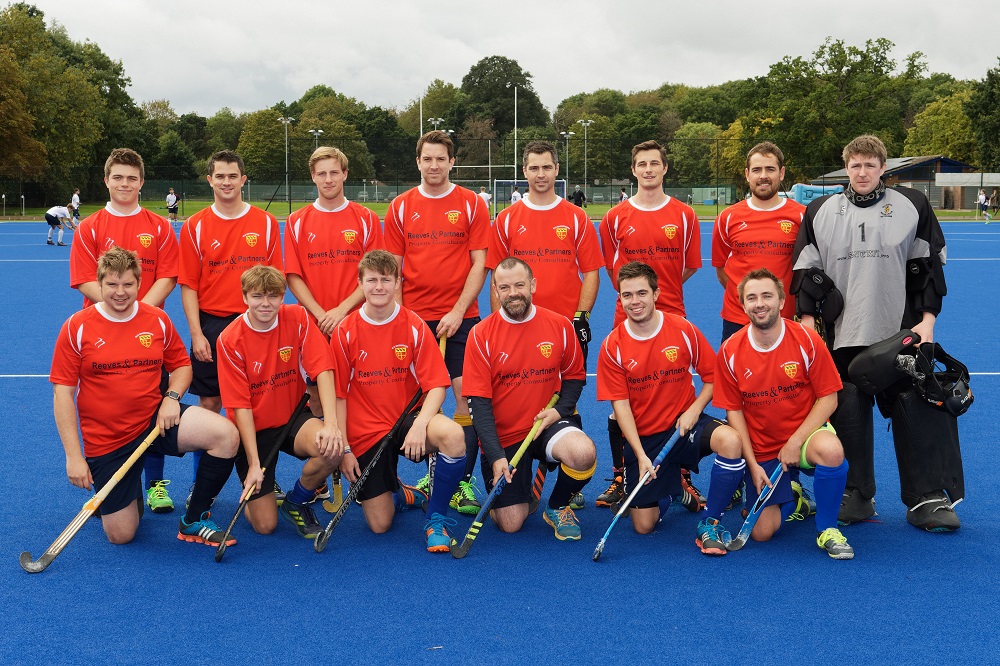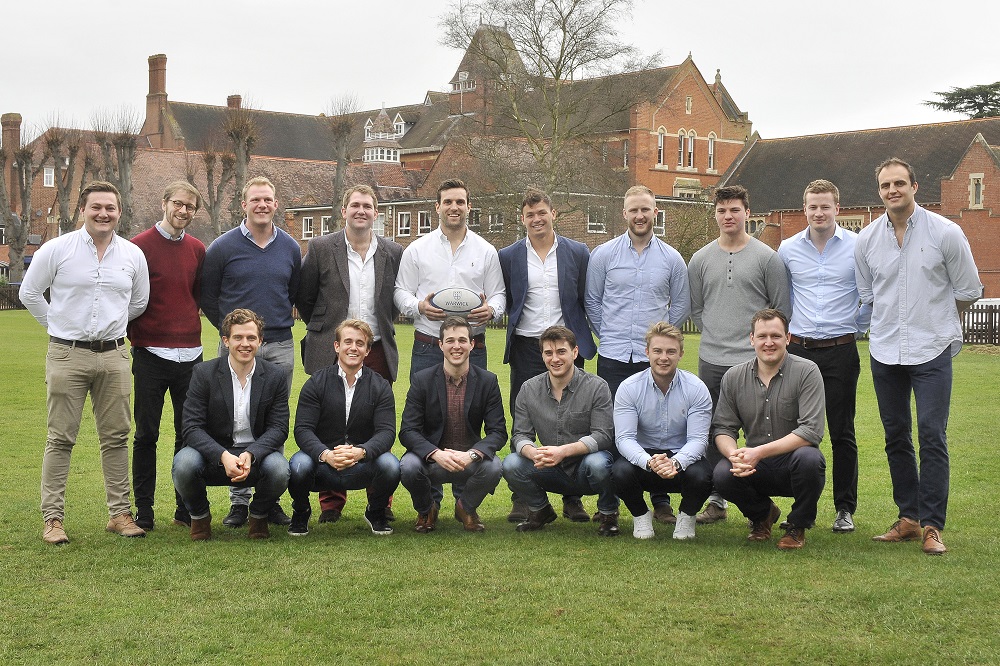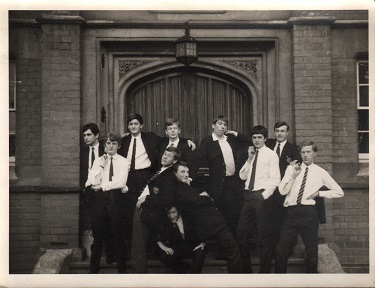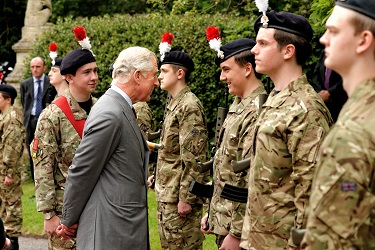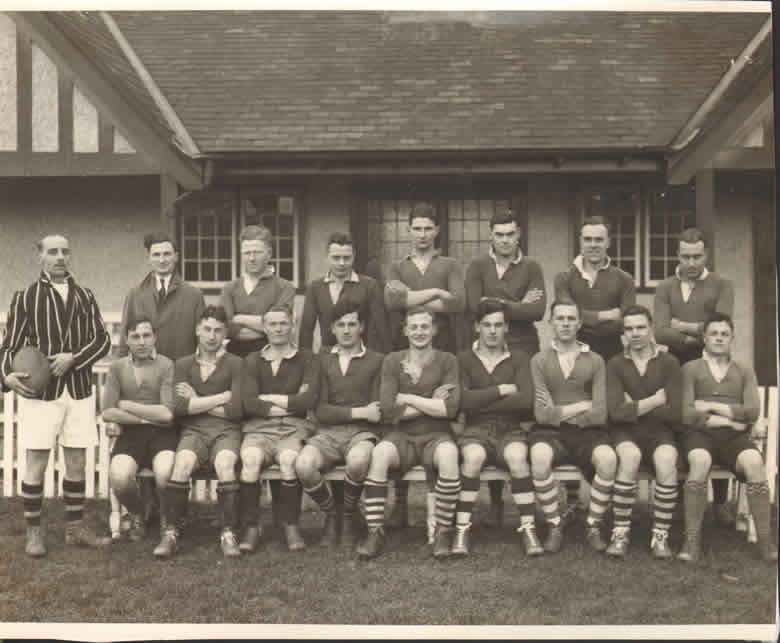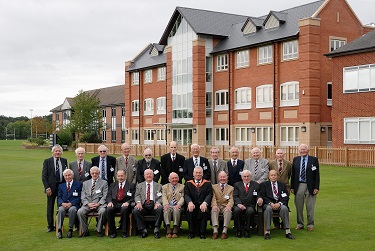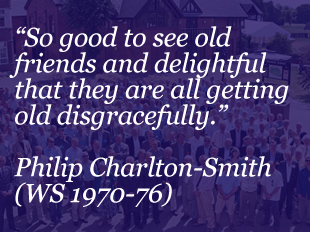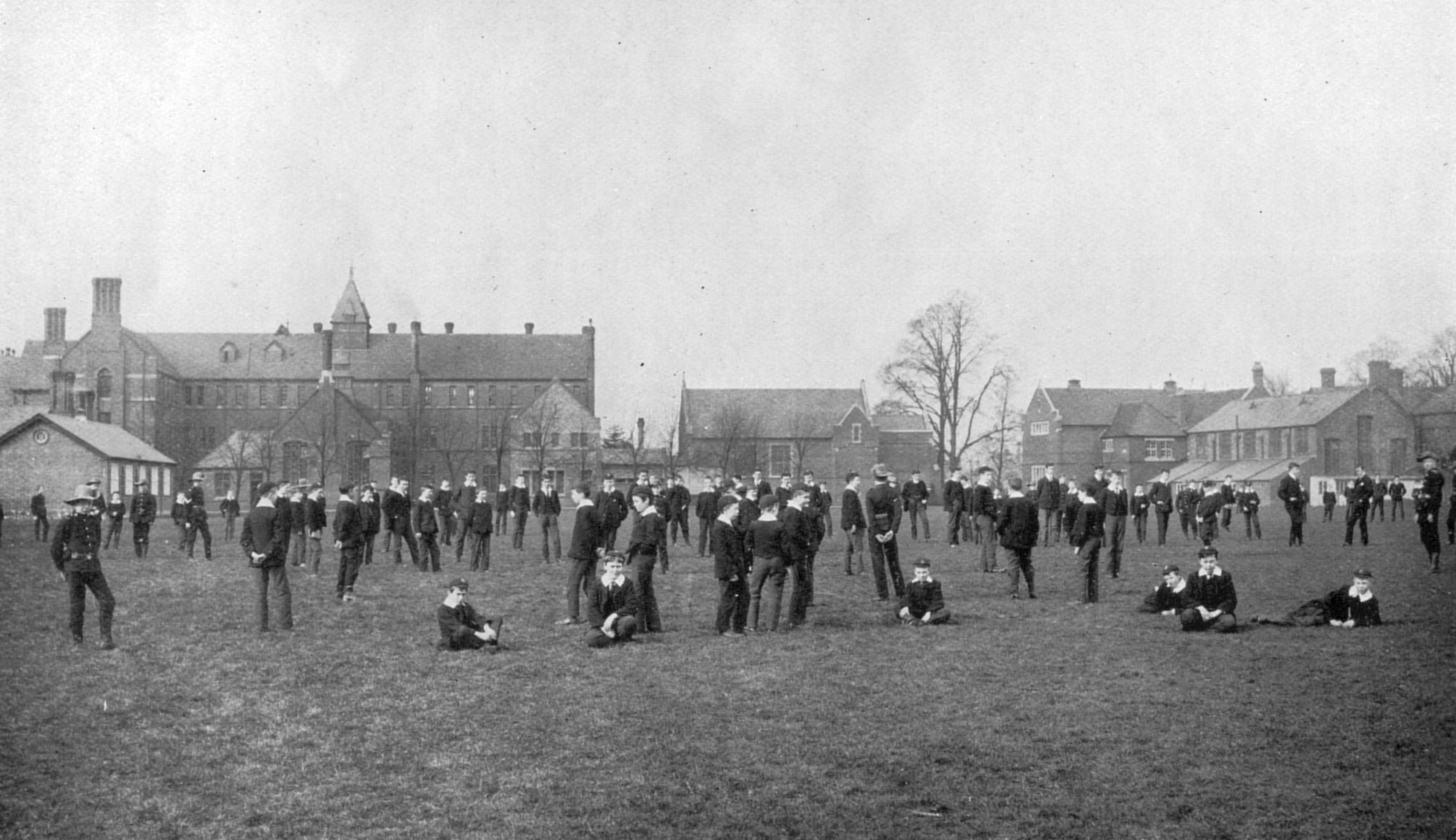The naming of Forms at Warwick School
The recent decision to follow National Curriculum guidelines - introduced in 1990 - with regard to the naming of forms at Warwick School has prompted me to try to untangle the confusing nomenclature previously adopted by this school, which was often at variance with others. For decades, state secondary schools, where pupils started at age 11, called that the 1st Year. Thus the years rose through 2nd to 5th (starting age 12 to 15) and the sixth form was for pupils who had survived O-levels, and wished to stay in education for perhaps one, or even two years. Rather than 6th and 7th year, the sixth form was divided into Lower Sixth and Upper Sixth.
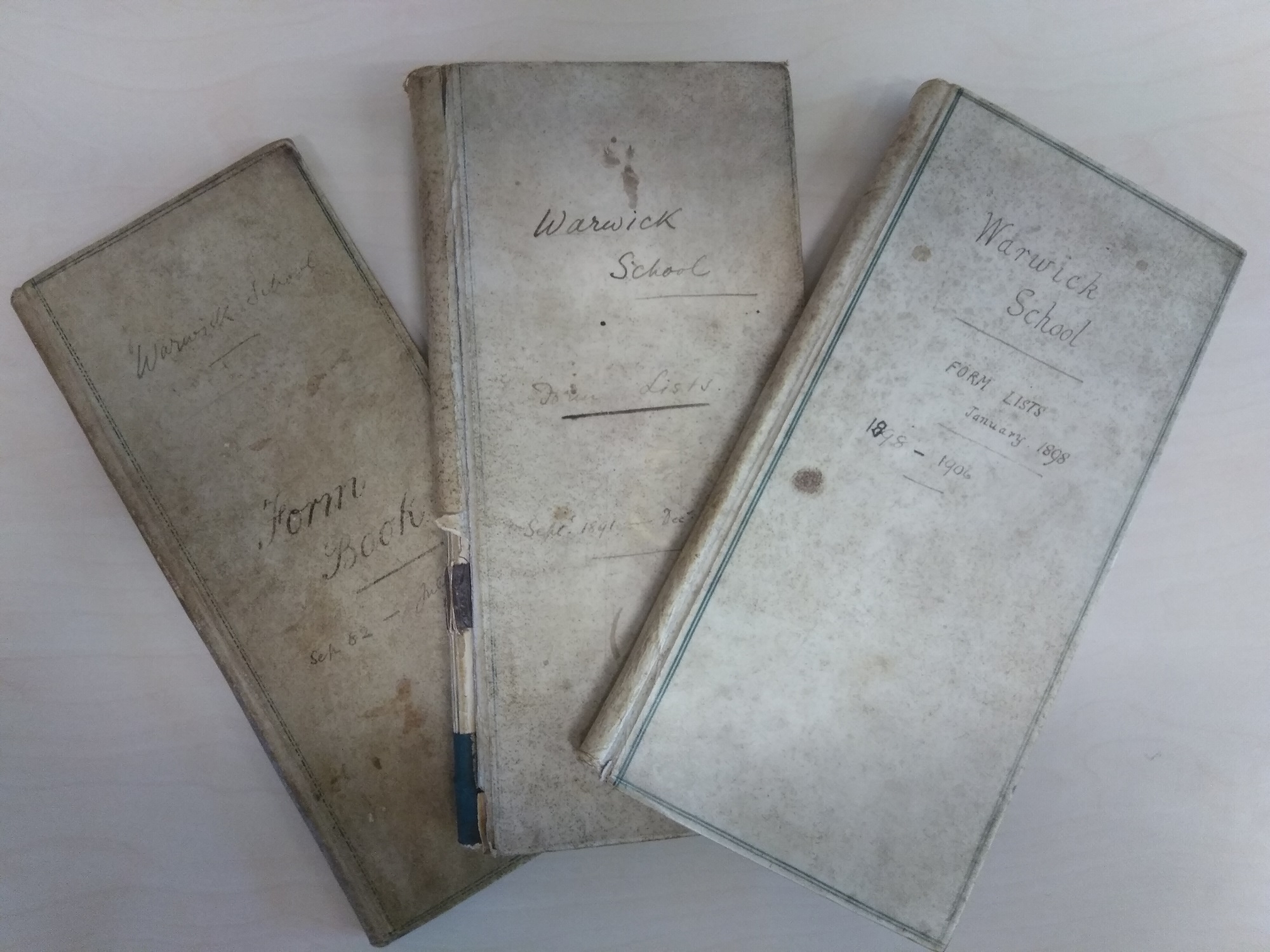
The first written evidence of the naming of forms at Warwick comes from a school list of 1881, where pupils are listed in descending order of academic achievement, in sections:
Upper School (16 boys).
Middle School – Form IV (14 boys) and Form III (14 boys).
Lower School – Form II (17 boys and Form I (11 boys).
There were, in addition, six boys on “Special Work – Not Placed.” These were older boys (most likely sportsmen) who were not expecting to be entered for national examinations. Most boys admitted to the school in the 1880s were in their teens, but a very few 9- and 10-year-olds were also taken on. The Junior House was not built until 1889.
These lists were called “Form Orders”. It is important to know that each form (the word itself, of course, derives from the long wooden benches that the pupils used to sit on) contained boys with a wide variety of ages. Promotion to the next form depended only on academic ability. It was inevitable, perhaps, that, by J. P. Way’s time in the 1890s, that there was a “sink form”, originally called LIII, and later 3b. Boys below the top eight or so stayed in this form and repeated work each year. Sometimes they were promoted (to make room), but only to UIII, or 3a. In September 1898 LIII had boys ranging from 12.1 to 16.6, and in UIII the age-range was from 12.3 to 17.8. That poor 17-year-old spent a seventh term in UIII, got to the age of 18 – and that is the last that we hear of him.
By 1885, pressure of increased numbers of pupils (95, with an approximate 50/50 split between boarders and day-boys) meant that there were now six forms in the school: VI, V, IV, IIIa, IIIb and Lower School. Very few boys under the age of 10 continued to be admitted.
All of a sudden, at Easter 1889, the terms “Shell” and “Lower Remove” were used to split the Lower School into two (the Junior House had just opened) and in 1891 the sixth form was split into “Classical Division” and “Modern Division”, with about half a dozen boys in each. At this time the other forms were growing alarmingly in size – for example, 26 boys in Form IV, 29 in IIIa. Form V was also split into Classical and Modern divisions in 1895, and Form IV into Upper IV (age range 14.4 to 18.0) and Lower IV (age range 12.7 to 17.5). By this time there were 150 pupils in the school, with 100 of them being boarders. The top eight or so boys in each form were promoted over the summer holidays – leaving the others behind.
Numbers fell in the first few years of the 20th century (under headmaster Rev R. Percival Brown) and the two IVth forms were amalgamated at Easter 1900. The IVth form was down to 8 boys in 1903 (under Rev W. T. Keeling), the Modern VIth had just one boy, and there was a total of 10 boys in the two Vth forms. Keeling was a moderniser, even though he lost his job (by “jumping ship”) in 1906, and in September 1905 we first see the terms Upper Vth and Lower Vth (just below the sixth form), and the disappearance of the old Public School names “Shell” and “Lower Remove”. These were replaced by Form II and Form I. All these changes are dramatically revealed in the three surviving whole-school mark books, 1882 – 1906, in the school archives. We now enter the dark ages, as it were, since there exist no form lists until the publication of the first Blue Book in 1934.
In the 1930s, therefore, we find that there are two VIth forms, VIA and VIB, each split into two. Just under the sixth form is a large form called the Remove, followed by UVA and UVB, LVA and LVB, UIVA and UIVB (all with more than 30 boys in each), LIVA and LIVB, and at the Junior School end, forms III and II. These so closely correspond with the modern Yrs 13, 12, 11, 10, 9, 8, 7, 6 and 5 in terms of the ages of the pupils, that a radical change must have occurred much earlier in terms of organising the forms by age rather than by academic ability. This may well have been headmaster H. S. Pyne’s doing. By 1939 it was becoming clear that streaming by forms was in place, however. The name “Remove” was dropped, and the UV forms became the equivalent of Yr 11, LV Yr 10 and UIV Yr 8/9. A small new form, MIV, was now added, perhaps for “strugglers”. There were two LIV forms (Yr 7), Form III (Yr 6), Form II (Yr 5) and, now that the Junior School had properly re-opened, a Form I (Yr 4).
Increasing numbers by the end of the Second World War meant that there could now be three forms in each of the UV, LV and UIVth forms, and form II could also be split into two. For the first time we see a small new form, MV, corresponding to Yr 10 – but the low average age of UVA (the top stream) shows that there was an accelerated programme for very bright boys. By the late 1940s the three top middle school forms were called UV1, UV2 and UV3. There was a small UV4, followed by MVB and MVC. Finally the three LV, UIV and LIV forms correspond to Yrs 9, 8 and 7, and the increasing numbers in the Junior School allowed forms III and II to be split into two.
By the mid-1950s each of the sixth forms was split into three – Classical, Modern and Science. The accelerated O-level streams were now called U Modern Remove and U Science Remove. Yr 9 now had four forms – L Remove A and B, and LV1 and LV2, perhaps corresponding to increased entry into the school at age 13. 1959 saw a new form being added, called “Transitus”, below the sixth form. This would have been for boys re-taking some or all of their O-levels. Small Scholarship sixth forms were also added, for boys aiming for Oxbridge after taking their A-levels.
By 1970 there were five sixth forms in each year, and Transitus had been re-named L6R. There were four forms in each of the years down to Yr 7, and Roman numerals were finally dropped. The Junior School forms (two in each year) were 3A and 3B, U2R and U2B, L2S and L2R, and IP and IB. Here we see for the first time forms being given a letter corresponding to the first letter of the surname of their form teacher.
By 1980 the streamed Yr 11, 10 and 9 forms were arranged as U51, U52, U5, U5A and U5B and so on. By 1990, there were eight forms in each of Yr 13 and Yr 12 (the sixth form), all given the initial letter of the surname of the form tutor – and just one boy in L6R. There were six forms in each of the streamed Yrs 11 (U5), 10 (M5) and 9 (L5): this time called U51A, U51B, U52A, U52B, U53A and U53B – and so on. There were four Yr 8 forms (U4A, B, C and D) and four Yr 7 forms, using form tutor’s initials. The Junior School had abandoned initials, though, calling its eight forms 3X, 3Y, U2X, U2Y, L2X, L2Y and 1X and 1Y.
By 2000, the habit of using form tutor’s initials had spread almost completely to Yr 9 and below. By now there were six Yr 8 forms and five Yr 7 forms. The Junior school, too, had expanded, and used the letters W, X and Y for each of the forms in Yrs 6, 5 and 4, except for Yr 3, which consisted of 1X and 1W.
In 2004 came the Revolution. In a determined effort to end streaming by forms (instead of by subjects), and to increase the sense of belonging to one of the six houses in the school, Yrs 7, 8 and 9 in that year were given form names such as L5B (for Brooke) and U4G (for Greville). In 2005 this extended to M5, and by 2006 all forms below the sixth form were arranged by houses.
It was in 2006 that King’s High, who never had a M5th year (starting with UIII in Yr 7 to LV in Yr 10, thus being “one year out” compared with Warwick School) went over to the national system: Yrs 7 – 11, with LVI and UVI being retained. They, too, had toyed with using teachers’ initials, but only for UIII. From 1988 they called the different forms K, H and S, with a W being added in “bulge” years.
The fact that there were only six house names available at Warwick School, combined with the pressure on numbers in Yr 7 in 2009, led to the formation of a seventh house, Oken House, and a new form, L4O. Seven form names were therefore available for Yr 8 to Yr 11 from 2010 to 2013, although by then, only Yrs 11 and 9 were using the “O” suffix in those “bulge” years, and in 2014 there was only M5O to show for Oken House. In 2015 U5O and M5O existed, in 2016 U5O and L4O and in 2017 merely U4O. The name School House was now dropped, leaving six house names available – Guy, Greville, Tudor, Leycester, Oken and Brooke.
In 2018 the second Revolution took place, in order to bring Warwick School in line with King’s High and, indeed, with the rest of the country. House names were dropped from form names (perhaps only temporarily) and form names below the sixth form now started with a number from 7 to 11, followed by a form tutor’s initial. Boys in each form were once more mixed up in terms of houses. The only concession to tradition was in retaining the terms L6 and U6 for Yrs 12 and 13.
G. N. Frykman
February 2019.

